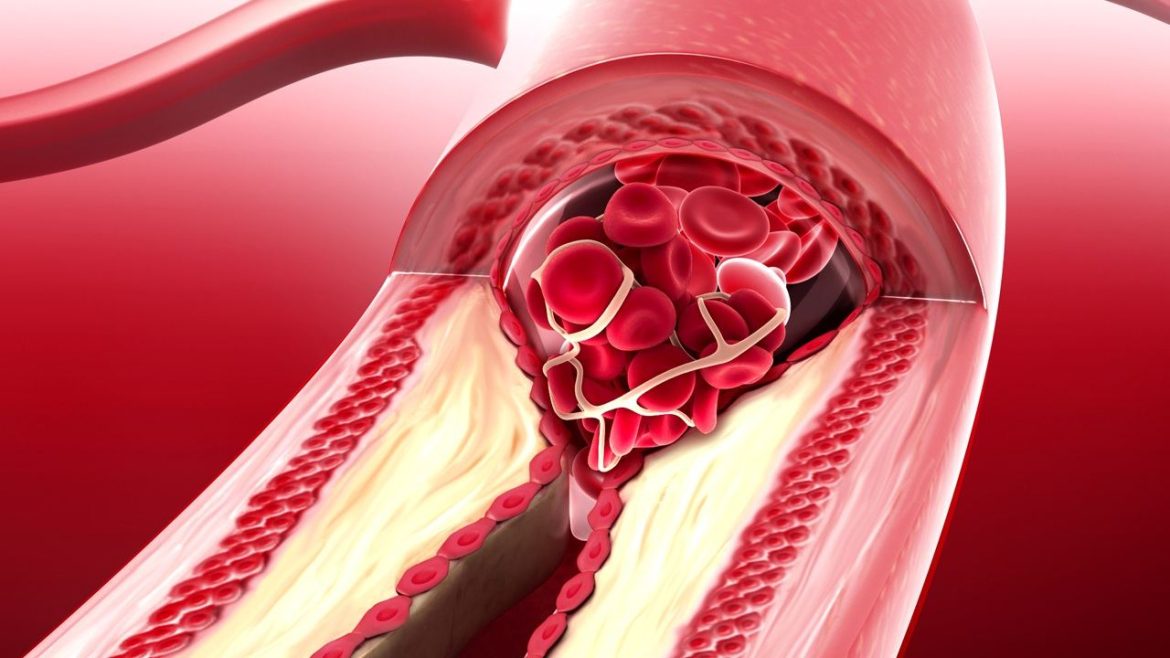Coronary artery disease (CAD) is a prevalent and serious condition that affects millions of individuals worldwide. It arises when the coronary arteries, which supply blood to the heart muscle, become narrowed or blocked due to the buildup of atherosclerotic plaques. One of the most common and concerning symptoms of CAD is chest pain, medically referred to as angina pectoris. Understanding the different types of chest pain associated with CAD is crucial for timely diagnosis and effective management. In this article, we will explore five types of chest pain related to coronary artery disease, their characteristics, and the underlying mechanisms.
5 Types of Chest Pain Related to Coronary Artery Disease
1. Stable Angina
Stable Angina is the most common form of chest pain experienced by patients with coronary artery disease. It occurs predictably and consistently, typically during physical exertion or emotional stress, when the heart’s oxygen demand increases but the narrowed coronary arteries cannot supply adequate blood flow. The pain is usually relieved by rest or nitroglycerin.
Characteristics:
Onset: Gradual and predictable, often triggered by physical activity or stress.
Location: Central or left-sided chest, sometimes radiating to the left arm, shoulder, neck, jaw, or back.
Duration: Typically lasts a few minutes, usually less than 20 minutes.
Quality: Described as pressure, heaviness, tightness, or squeezing sensation.
Relief: Alleviated by rest or sublingual nitroglycerin.
The underlying mechanism of stable angina involves fixed atherosclerotic plaques that partially obstruct the coronary arteries, limiting blood flow during increased myocardial demand.
see also: What Blood Test Shows Blocked Arteries
2. Unstable Angina
Unstable Angina is a more severe and unpredictable form of chest pain that indicates a higher risk of acute coronary events, such as myocardial infarction. Unlike stable angina, unstable angina can occur at rest and may not respond promptly to rest or nitroglycerin. It is considered a medical emergency requiring immediate attention.
Characteristics:
Onset: Sudden and unpredictable, often occurring at rest or with minimal exertion.
Location: Similar to stable angina but may be more widespread.
Duration: Prolonged, lasting more than 20 minutes or recurring frequently.
Quality: Similar to stable angina but may be more intense.
Relief: Not easily relieved by rest or nitroglycerin; may require emergency treatment.
Unstable angina results from the rupture of atherosclerotic plaques, leading to partial or transient occlusion of the coronary arteries by thrombus formation, causing a significant reduction in blood flow.
3. Prinzmetal’s Angina (Variant Angina)
Prinzmetal’s Angina, also known as variant angina, is a rare form of chest pain caused by transient coronary artery spasms.
Unlike the other types of angina, Prinzmetal’s angina can occur at rest, often in the early morning hours, and is not necessarily related to physical exertion or stress.
Characteristics:
Onset: Sudden, often at rest, and frequently during the early morning hours.
Location: Similar to other types of angina.
Duration: Usually lasts a few minutes but can be longer.
Quality: Similar to other types of angina but may also include a squeezing or constricting sensation.
Relief: Often relieved by nitroglycerin or calcium channel blockers.
The cause of Prinzmetal’s angina is the temporary spasm of coronary arteries, which can completely or partially obstruct blood flow, leading to ischemia and chest pain.
4. Microvascular Angina (Syndrome X)
Microvascular Angina, also referred to as Syndrome X, involves chest pain due to abnormalities in the smaller coronary arteries, rather than the large epicardial arteries typically affected in traditional CAD. This condition is more common in women and may be associated with endothelial dysfunction.
Characteristics:
Onset: Can occur with physical exertion or at rest.
Location: Similar to other types of angina.
Duration: Variable, can be short or prolonged.
Quality: Similar to other types of angina, often described as a diffuse, aching, or burning sensation.
Relief: May respond to nitroglycerin, though not always effectively.
Microvascular angina results from impaired function of the small coronary arteries, leading to inadequate blood flow and ischemia despite normal-looking large coronary arteries on angiography.
5. Angina Decubitus
Angina Decubitus is a form of chest pain that occurs specifically when the patient is lying down. It is often associated with an increase in venous return and cardiac workload in the recumbent position, leading to myocardial ischemia in the presence of CAD.
Characteristics:
Onset: Occurs while lying down, particularly at night.
Location: Similar to other types of angina.
Duration: Variable, can last several minutes.
Quality: Similar to other types of angina, described as pressure or tightness.
Relief: Often relieved by sitting up or standing, and sometimes by nitroglycerin.
Angina decubitus is believed to be caused by increased cardiac preload and afterload when lying down, which raises the myocardial oxygen demand beyond what the narrowed coronary arteries can supply.
Conclusion
Understanding the various types of chest pain associated with coronary artery disease is essential for accurate diagnosis and timely intervention. Each type of chest pain—stable angina, unstable angina, Prinzmetal’s angina, microvascular angina, and angina decubitus—has distinct characteristics and underlying mechanisms. Recognizing these differences helps healthcare professionals tailor their approach to managing CAD, improving patient outcomes, and preventing serious complications such as myocardial infarction.


